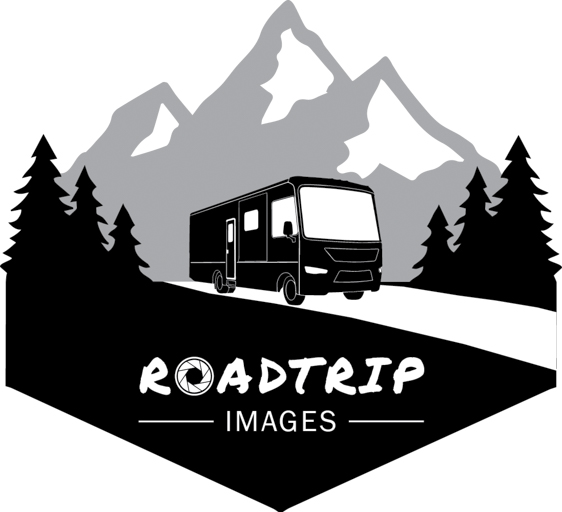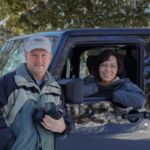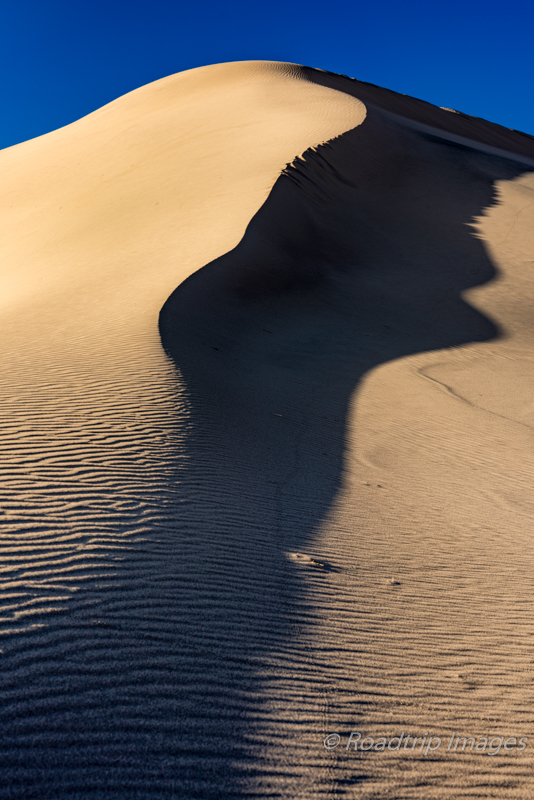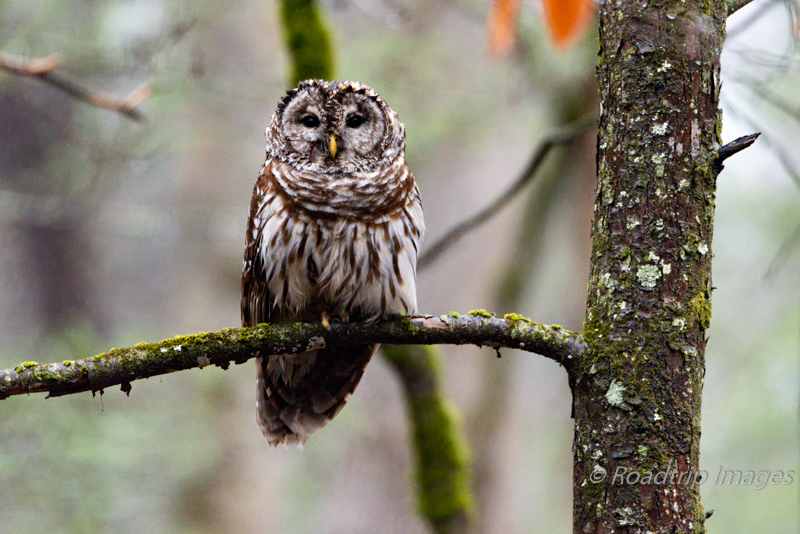Smoky Mountain Bears
It’s spring in the Smokies and the bears are out. They didn’t seem too upset with the people trying to get pictures…
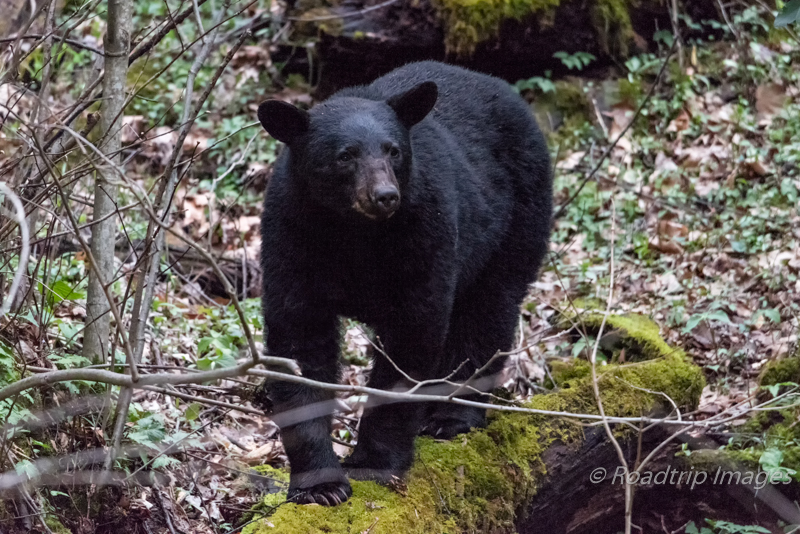
Bear Jams
Every time bears are seen near the roadway they create “bear jams”. These are traffic jams caused by bears. People get out of theirs cars and leave them in the roadway in order to get a snapshot of the bear with their smartphone. This happens a lot in the National Parks and it drives the Park Rangers nuts. We’ve seen people leave their cars running with the doors open while they trot off down the road trying to get a picture of the bear. Amazing.
The first week we were in the Smoky Mountains it was Spring Break for the northern states. The place was packed. We ran into several bear jams as a result. Fortunately we stayed over into the following week and the crowds were gone. We were able to see several bears without the crazy people trying to get close enough for a snapshot. The image above was one of those times. It was nice to watch the bears behavior without too many people crowding it. He/she was aware we were there but didn’t seem upset by our presence.
Getting the Shot
Before we headed off for the Tetons last year I bought a new lens. I’ve always wanted a long lens that I could use for wildlife photography. The big Nikon telephoto prime lenses are superb but extremely expensive. A new 600mm f/4 prime will set you back $13,000. They’re also extremely hard to hand hold since they’re so big and heavy. I started looking at the 150-600mm zoom lenses by Sigma and Tamron since they were getting very good reviews online. Long story short, I bought the Tamron 150-600mm G2 telephoto zoom. I used it to get the moose & elk pictures in the Tetons last year. It works pretty well as long as you have enough light.
For the image of the black bear above I used this same lens. It has image stabilization built in which helps a lot when hand holding the camera. I set the camera to shutter priority mode to make sure the shutter speed would be fast enough to overcome any movement I made holding the camera. In this case to 1/800th of a second since I knew I’d be zoomed in all the way to 600mm. I also set the ISO to auto and let the camera select the f-stop and ISO. Since it was fairly dark down in the trees where the black bear was the camera kicked the ISO all the way up to 10,000 and the lens was wide open at f/6.3. That’s one of the negatives of these smaller lenses. They don’t open up to f/4 like the bigger primes do. Even so, the image turned out pretty well.
Normally when the ISO gets this high there is a lot of noise in the image and there is some in this one too. I couldn’t enlarge this one very far without the noise becoming too prominent. I was able to eliminate a fair bit of the noise in Photoshop but it’s still there. When you zoom in 100% the image gets kind of “crunchy”. As a point of comparison, when I shoot landscapes on a tripod I set the ISO to 64 or lower to get the cleanest image possible.
Final Thoughts
We spent ten days in Smoky Mountain National Park and although the first part was pretty busy with the spring break crowd it was nice to see spring take hold in the Park. Seeing the black bears out and about was a sure sign that spring was here.
As always, you can see higher resolution images on our Facebook page. Please give us a like while you’re there.
Nikon D810 with Tamron 150-600mm G2 at 600mm. 1/800th of a second at f/6.3. ISO 10000.
Subscribe and Get Free E-Book!
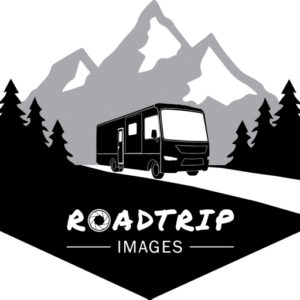
Comments are closed.
